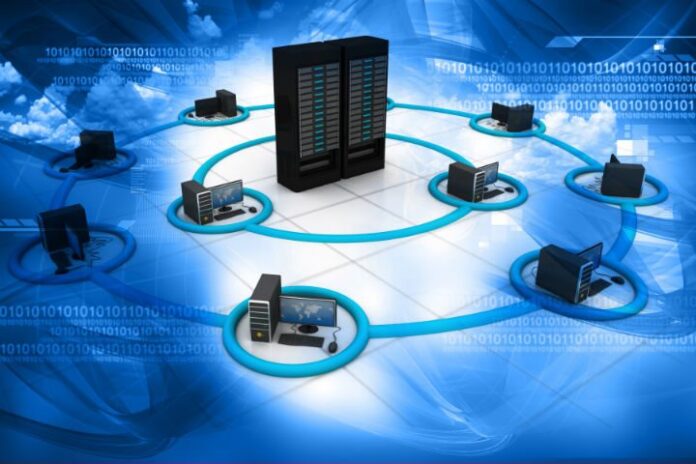The industrial “Internet of Things” is one of today’s biggest business opportunities in the electronics and high-tech industry.
Accenture defines IIoT as the convergence of intelligent industrial products, processes and services that communicate with each other, and with people, over global networks. Conservative estimates suggest worldwide industrial Internet spending is set to increase from $20 billion in 2012 to $500 billion by 2020.
There are several ways high-tech companies can capitalize on this burgeoning market. Among the most important are selling new digital services, introducing products to market faster and improving customer service and loyalty.
Sell more services
The proliferation of IIoT-connected devices is helping companies rapidly shift from selling only products to selling products and digital services, thereby generating more revenue streams. By adding product-service hybrid business models, companies can sell more types of services using different types of products. For example, a smartphone manufacturer could form an alliance with a fitness device manufacturer to share applications and services offered to customers. By working together to create more value for customers, each could gain more revenue opportunities. Both companies could also collaborate to make customer data stored and shared on their devices more valuable. With the same products, they could offer customers new services and therefore broaden their customer bases.
Introduce products to market faster
As the IIoT becomes more pervasive, companies could introduce products and services not only faster, but with lower upfront investments. For instance, a smartphone manufacturer could create and introduce to consumers a smart-wallet application that offers banking services. In doing so, they could find out quickly whether those services are in high enough demand to continue offering them. The smartphone producer could learn quickly that demand is low, for instance, and exit that market fast, which reduce expenses. In the IIoT arena, more devices connect and deliver more services. This spawns more opportunities to experiment, succeed and fail fast. Inexpensive trial-and-error market entries generate swift and crucial feedback and are becoming more widespread. These tactics accelerate decision-making, lowering spending on unpopular products and services while increasing spending on those that are popular.
Another promising IIoT opportunity is the potential for upgrading products and services by leveraging intelligent software. Software upgrades to smart TVs, for example, will be faster and less expensive than a smart-TV manufacturer needing to invest in building a new product. These upgrade benefits can be achieved for numerous IIoT smart TVs and other devices, applications and services – all of which translate, potentially, to increasing revenue.
Improve customer loyalty and trust
With more devices and services connected in more places, companies will be able to deliver – better than ever – the right information, at the right time, to the right people. By connecting more broadly, companies can add more value. Smartphone manufacturers, for example, will be able to collect quick feedback about how their products are being used – or not – and make swift and informed decisions based on that information. This feedback will generate more opportunities to build more sharply focused products and services, generate more continuous dialogue with customers and increase their loyalty and trust.
Final thoughts
To further capitalize on this IIoT market, these companies should consider two actions:
First, embrace digital on a much larger scale. One of the biggest reasons IIoT is taking off is the industry’s inexorable and comprehensive shift toward digital mindsets on a much broader scale than ever. Every business is a digital business and every consumer is a digital consumer. This means digital is becoming the industry’s central driver of all strategic decisions, investments and performance metrics.
Importantly, IIoT market momentum is marching in lockstep with digital momentum. As more of these companies embrace digital mindsets more comprehensively, they could be taking advantage more expansively of IIoT business opportunities. Digital growth is fueling IIoT growth and vice versa. To make smart investment and strategic IIoT decisions, all strategic planning and investing needs to be assessed from a digital point of view.
Second, pursue acquisitions and alliances. IIoT convergence is not one set of technologies, nor one set of products, nor one set of services, nor one type of application. It’s a collection of all of these – and more. This convergence is a dynamic mix of businesses, technologies, capabilities, systems and services leveraging the growing power and versatility of global networks, systems and processes. It is a multidimensional growth phenomenon. In this arena, no one company can do it all. Where companies have product, service or technology gaps, they need to engage in acquisitions and access a broader ecosystem of alliances and business partners.
The IIoT is here. And it will continue to be one of the biggest “things” to impact electronics and high-tech for the next several years.
Bart Fischer is a managing director with Accenture’s electronics and high-tech group. If you are interested in further dialogue, he can be reached at bart.j.g.fischer@accenture.com. More insights about the IIoT can be found in a new Accenture report titled, “Industrial Internet of Things — Reimagining the Possibilities.”
Photo copyright: / 123RF Stock Photo

